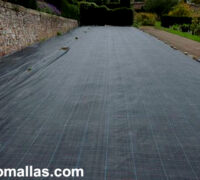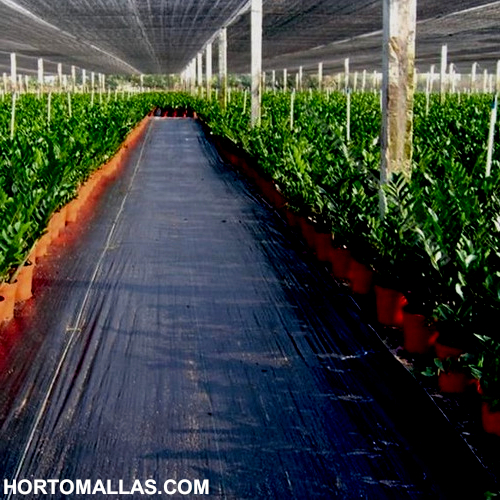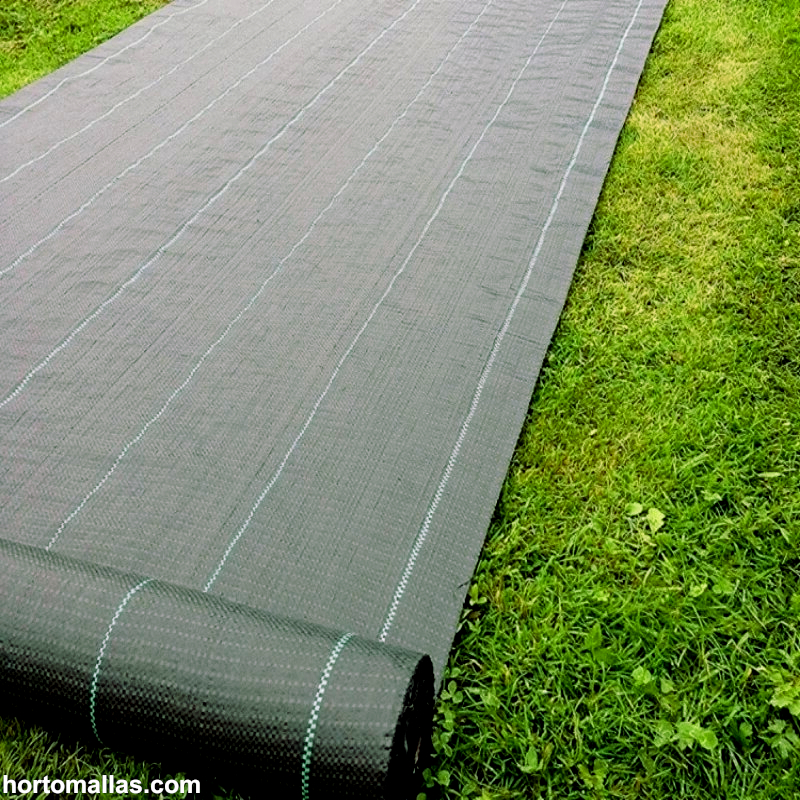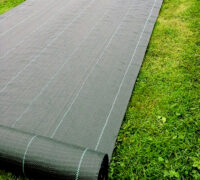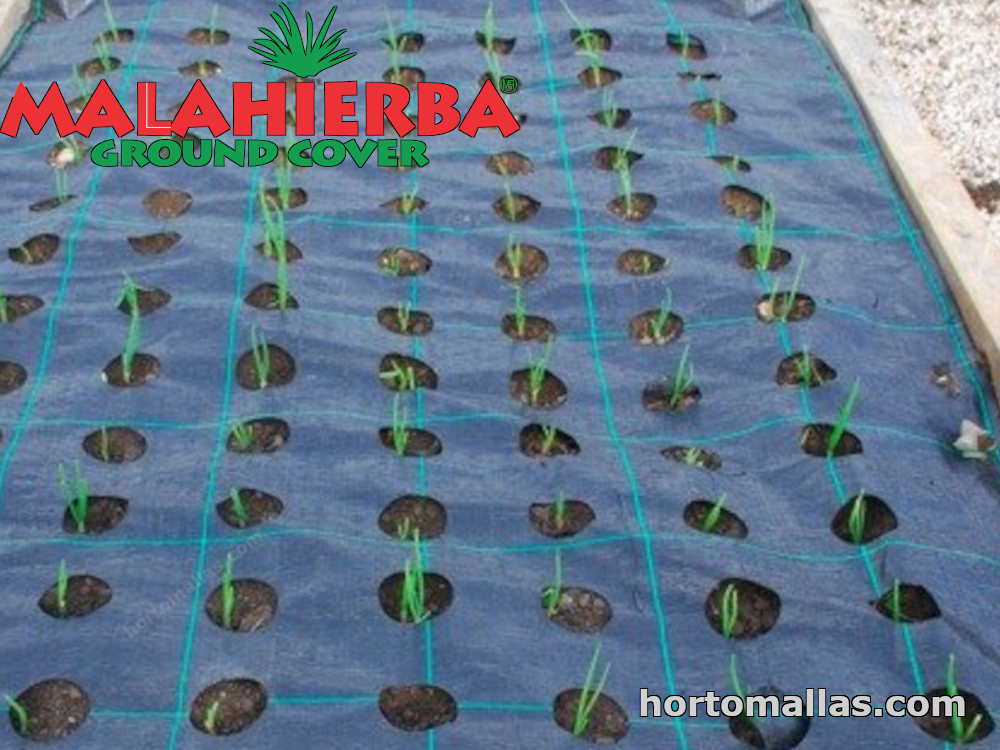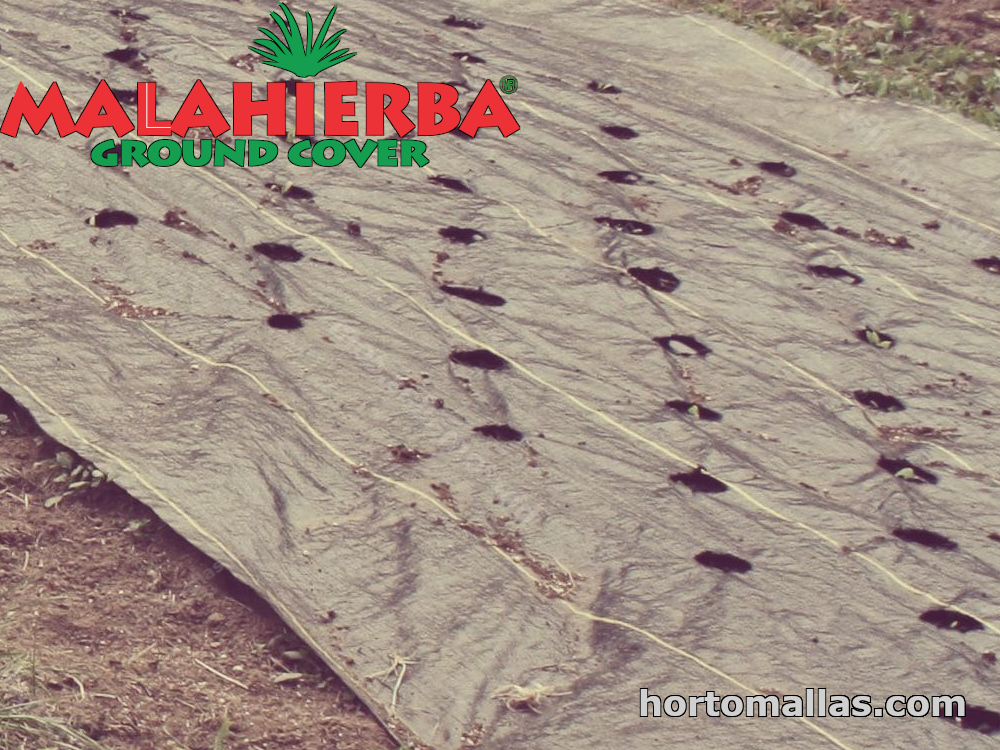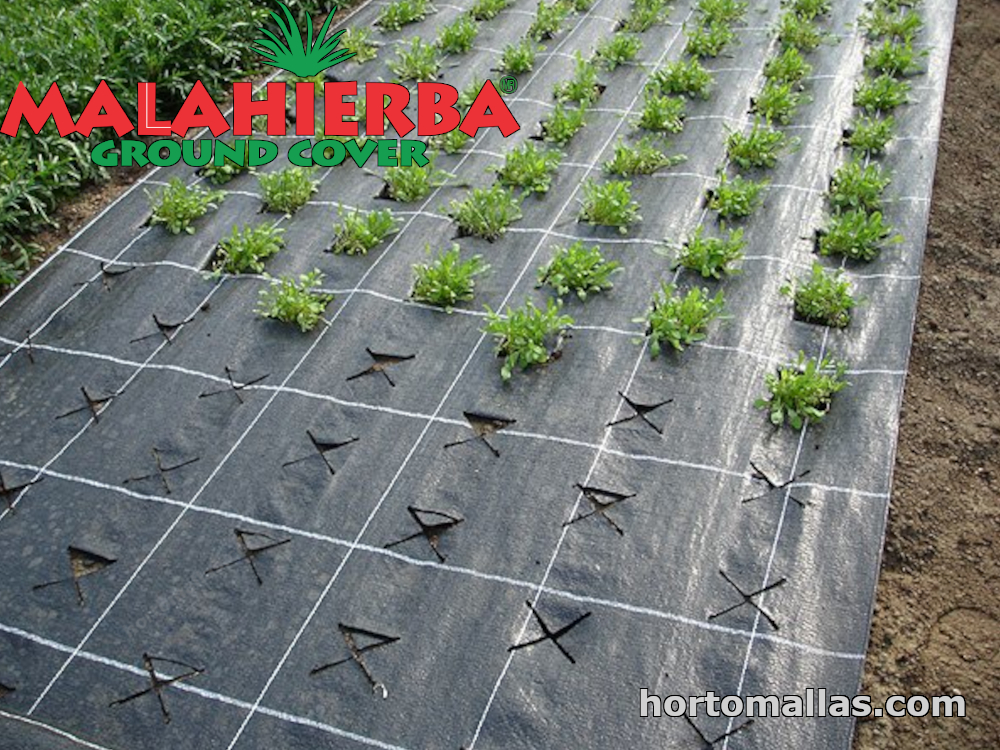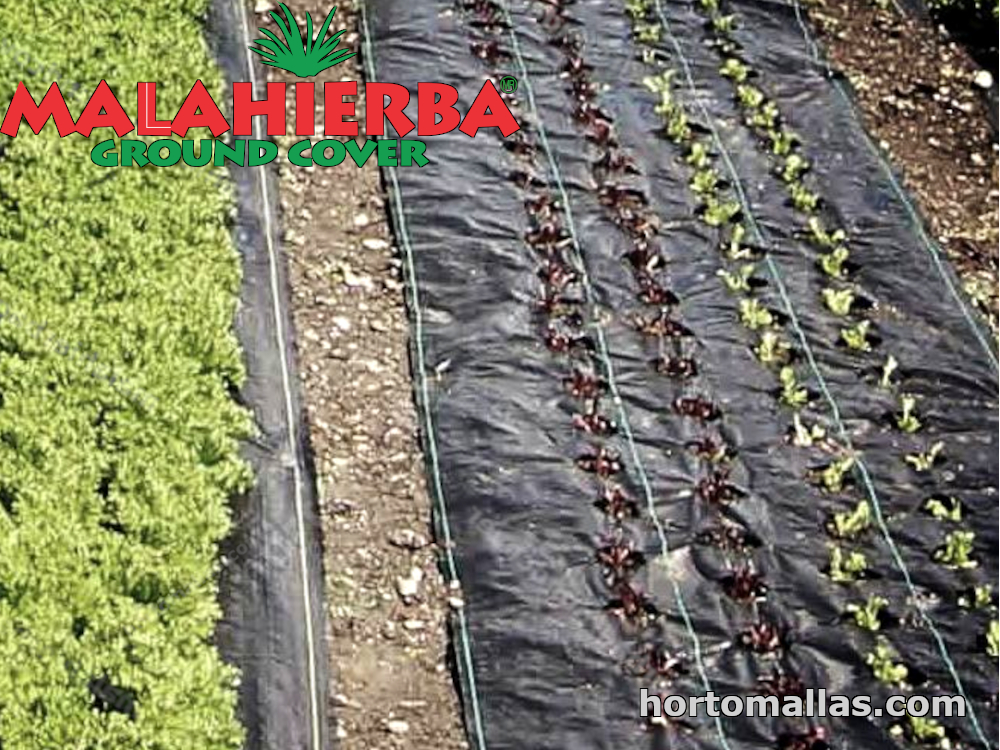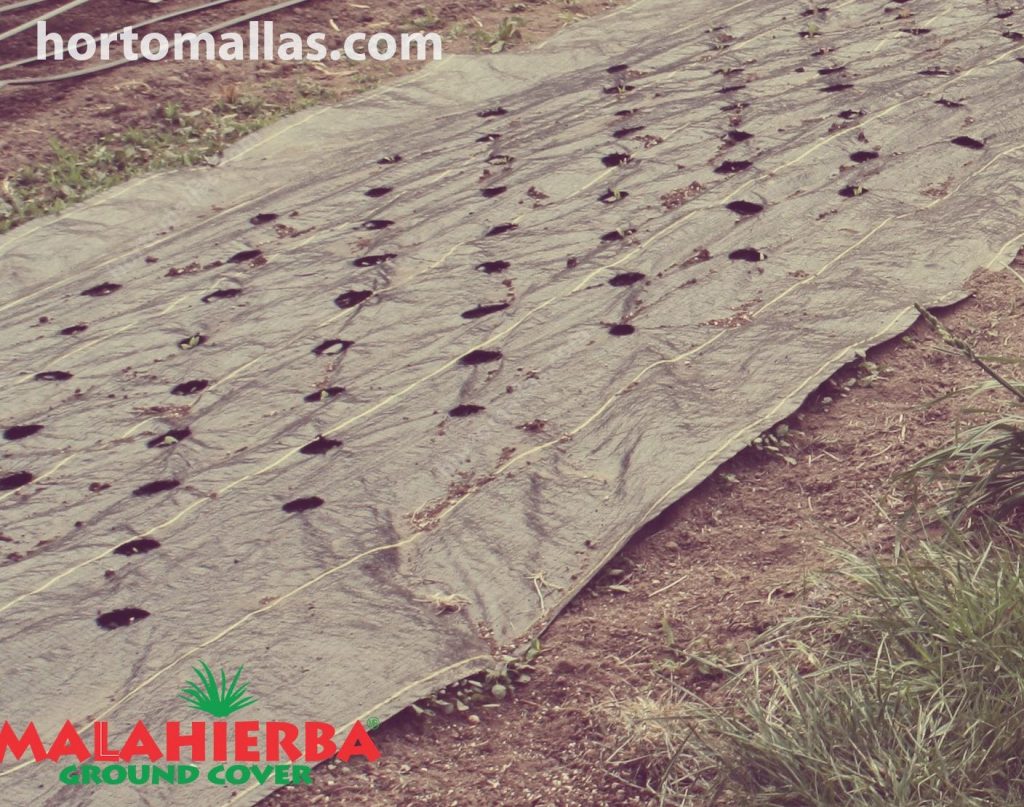An easy solution against weeds
Weed barrier fabric is an indispensible tool for outdoor crops as well as those found in green houses. It prevents a several problematic situations that can seriously affect the development of your crop.
One of the first problematic situations that a crop can face is attack by pests. It isn’t surprising that at one time or another, a swarm of insects can take over the plants we’re growing. They can finish off an entire plantation if quick action isn’t taken against the insects. Using pesticides would be the first option to pick – especially if we are talking about a pest in advanced stages in which other less invasive and less damaging methods are ineffective. The use of said chemicals can be poisonous for plants as well as pollute the ground if a potent chemical agent is used.
Another situation which you wouldn’t want to face and that is difficult to detect is a bacterial or mycotic infection in the crop. This is caused by the buildup of too much moisture between plants or contamination in the soil. Many fungi, bacteria, and parasites stick to plants when there are prime conditions to start their life cycle. Once they take over a plant, they start to reproduce quickly and in a short time they start to spread to neighboring plants. Later they infect other nearby plants until an epidemic is created in the crop. The most common solution in this case is using expensive chemicals that treat and eliminate the parasite in question.
Among the problems faced by farmers and gardeners, as well as being subject of this article, are weeds.
Weed control in areas meant for crops is an important practice that can only be achieved by periodically preventing the growth of weeds. Although it doesn’t seem like it, weeds can be as real a problem as parasites or insect invasion since this kind of plant takes over an area rapidly using up all the space and nutrients in the soil. They compete with other plants to control the territory. What does this mean? It means that nutrients, fertilizer, water and space meant for the desired crop will be sucked up by the voracious appetites of the weeds. This will greatly affect the vital growth of the other plants, even causing them to dry up for lack of water, light and other necessary elements for their survival.
Weeds are plants that compete for resources that the land provides. Weeds adapt well to most fields and are resistant to bad weather and contact with herbicides. This can be a real problem when they are mixed in with the crop.
Even though there are various tools on the market to deal with this problem, one of the most easily available and cheapest options, which gives the best results in the short and long term, is weed barrier fabric.
This marvelous product offers a simple and efficient method to deal with weed, insect and parasite problems that can harm our plants. It is designed to block out the light completely so that weeds and undesired plants are inhibited from growing and spreading all over the place. Not only that: it also keeps the leaves from coming into contact with the ground, dramatically lowering the risk of being contaminated by pathogens found in the soil as well as keeping most insects from reaching the plants.
Brands like MALAHIERBA Ground Cover have developed weed barrier fabric that is guaranteed to do its job as well as to be durable and more resistant than the median. Additionally, this product can withstand constant exposure to diverse weather conditions and other possible damage it could endure during its use. This means it can be reused with other crops or in areas where it is needed. MALAHIERBA Ground Cover fabric is made from treated polypropylene, making it much tougher and longer-lasting than other brands on the market. Its principal function is to inhibit weeds from receiving enough light to grow and spread. Other benefits are that water and fertilizer necessary to raise crops can pass through the cloth. Additionally, it provides an optimum flow of air so that moisture doesn’t build up. Using this fabric makes using herbicides is unnecessary.
The two basic versions of weed barrier fabric are white and black. The first reduces heat. It is very useful in greenhouses where it is important to control the temperature of the area. On the other hand, the black weed barrier fabric helps raise the temperature. This is useful for outdoor crops in places where the temperature is cool.
To sum up, ground cover fabric helps as a way to deal with weeds and undesired plants. It is easy to install and it saves time and money spent on herbicides or other methods of weed control. It can also prevent the spread of parasites and microorganisms that harm crops.
